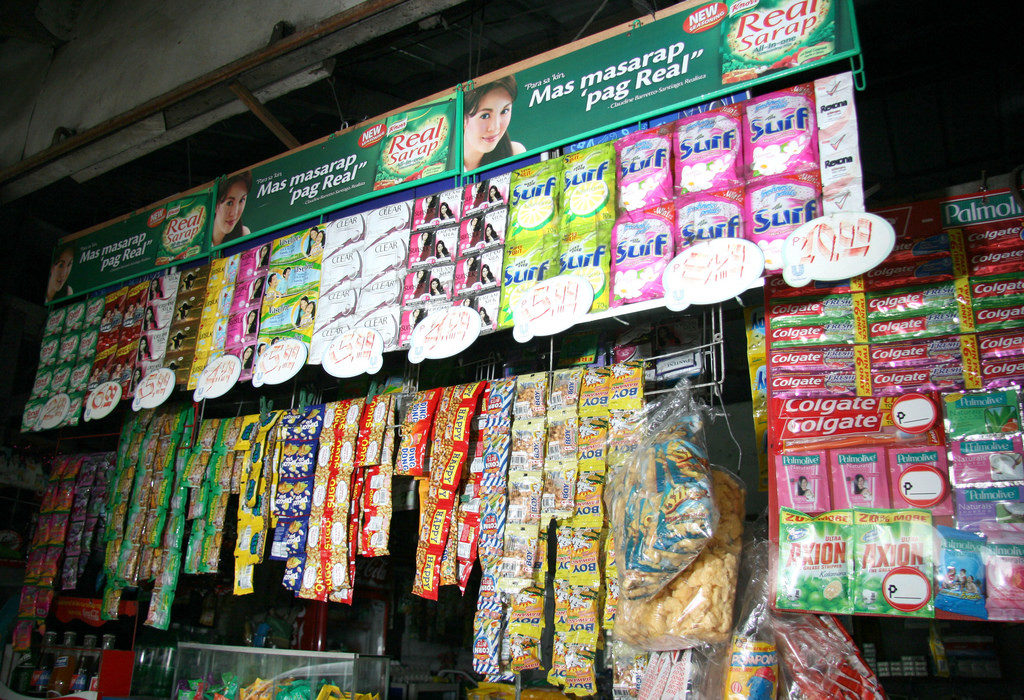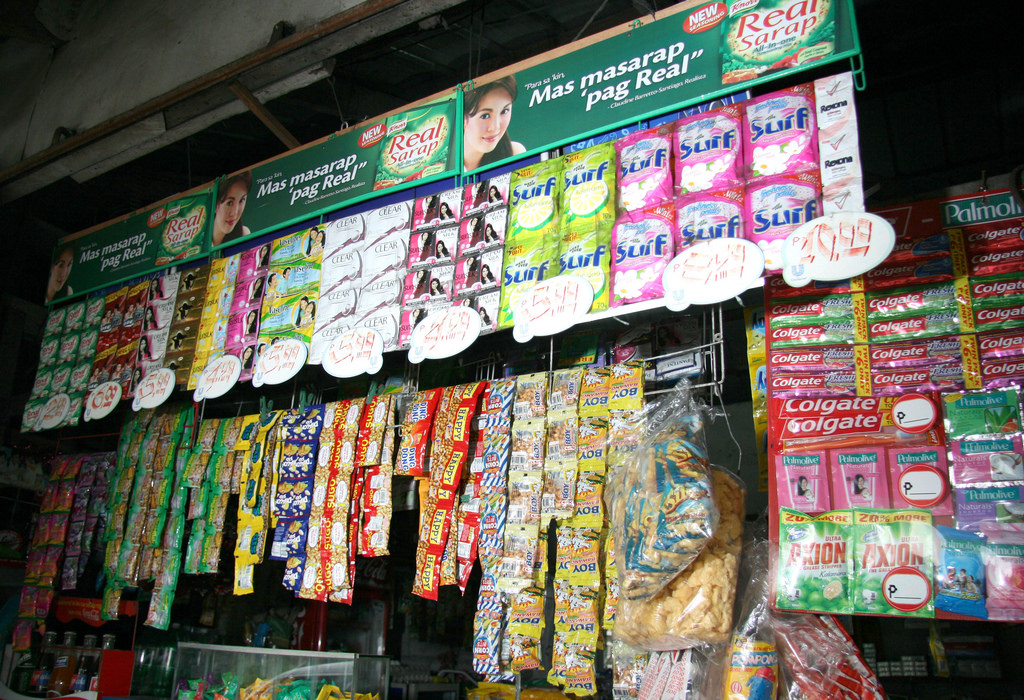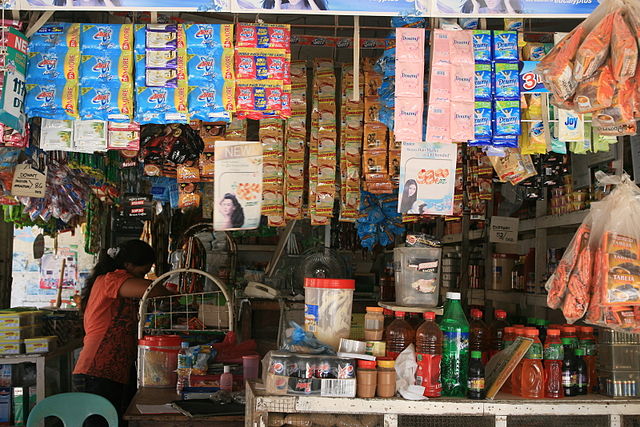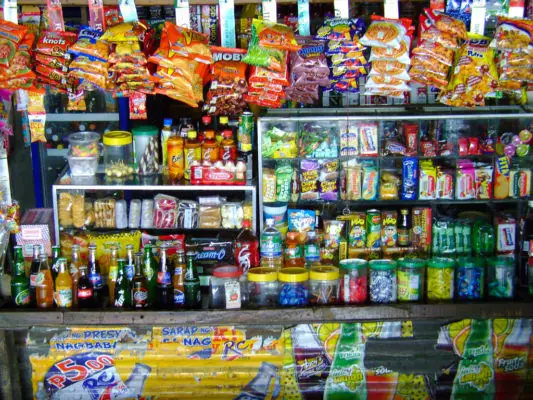Sari sari store business in the Philippines is a unique and intimate part of the Philippine retail culture.
Table of Contents
What is a sari sari store?
Ubiquitous in a typical Filipino neighborhood, a sari sari store is a small retail shop that sells daily essentials of a community. Among the most common items sold in a sari sari store are canned goods, condiments, and snacks. The name sari connotes variety which describes a range of goods sold in that small shop.
Sari sari stores are a convenient extension of a supermarket and an accessible outlet to source needs of a household on a daily basis. Items sold there are a bit more pricy, but they offer personal service and convenience that may not characterize a supermarket.
As a business with personal touch, customers are not only involving a transactional relationship with sari sari store keepers when they holler that familiar “pabili”, they often get involved with their lives.
Both owners and clients share gossip about famous celebrities, learn new things in the neighborhood, get invited to baptisms, birthday celebrations, or other occasions in the process.
But that intimate setting and convenience sari-sari stores provide has been eroded, new competitors sprout over the neighborhood, and buying behaviors change. The emergence of neighborhood supermarkets and upgrading of public markets mean groceries are more accessible even if they don’t necessarily.
Shopping malls, for instance, draw more customers as they provide a lifestyle of experience, as school friends, lovers and families can spend grocery shopping, cinema viewing, dining, and even attending church services in one single place rolled into one.

Perhaps a bigger threat down the road is the further convenience and efficiency of the online retail supply chain.
That leaves the sari-sari store concept in a really bad spot. Sure, there are ways to improve your business, but it might just be a matter of time it’ll fade into irrelevance in the modern retail landscape.
Sari sari store business SWOT analysis
A SWOT (Strengths Weaknesses Opportunities Threats) analysis helps identify the position of a business in the market, leveraging its advantages and value propositions, fix its flaws, exploit the opportunities while looking at the competition.
For a sari sari store business, a quick SWOT analysis might look like this:
Strengths
Relatively low capital requirement
Accessible to the neighborhood
Quick, personalized service
Weaknesses
Low margins
Lack of experience managing cashflow
Lack of cooperation from family members
Opportunities
Partnership with nearby carinderia business
Establishment of a new school building nearby
Helps train kids on managing business
Threats
New sari sari stores emerging in a more prominent location
New taxes to be imposed by local government
Potential road widening could impact store presence
As we weigh on the above SWOT analysis, there’s a combination of pros and cons of managing a sari sari store business. But why do we think a sari-sari business that we come to know has become a bad idea?
Higher capital money required
Loans available to sari sari stores (say, Pera Agad) is few and far between, perhaps taking the cue of the patchy success records these types of retail outlets could muster. This means you may need to dig deeper into your proverbial treasure box.
New ways to reach customers
Margins are low
As a result, the sari-sari store business is unsustainable in the long term.
Competition is tough
In the past, the sari-sari store is the only accessible place in the neighborhood. Now, other similarly sized stores sprout on every street corner. Also, means of transport also made customers more mobile than ever — motorized sidecars bring them to the marketplace which provides a wider variety of goods and possibly cheaper buys. Now, more shopping malls and convenience stores further take away foot traffic from good old sari-sari stores.
Poorer product quality
Thus, customers naturally gravitate towards fresh supplies of well-stocked alternatives, sealing the fate of the old sari-sari store.
Conclusion
Outside looking in, a sari sari store business looks like a simple business to pursue: buy goods, place some markup, and get sales. But it’s tougher than it looks. Without prior research, inadequate capital money, and lack of interest, discipline, and diligence among storekeepers, one can’t help but paint a pessimistic outlook.









